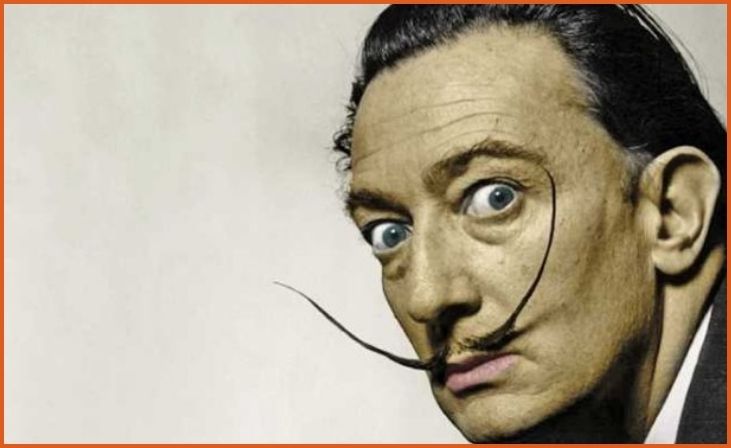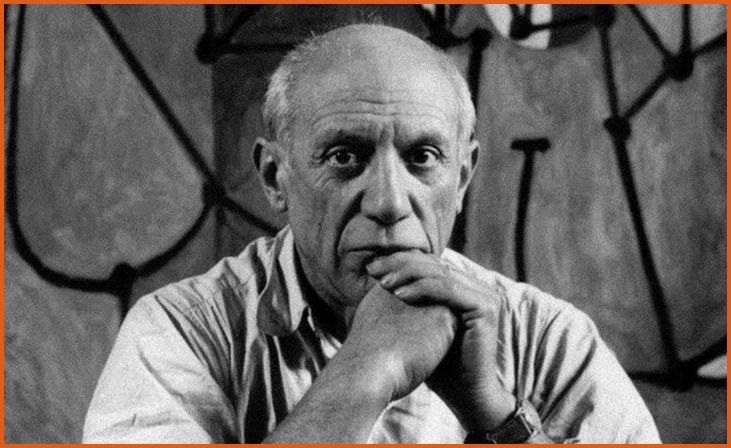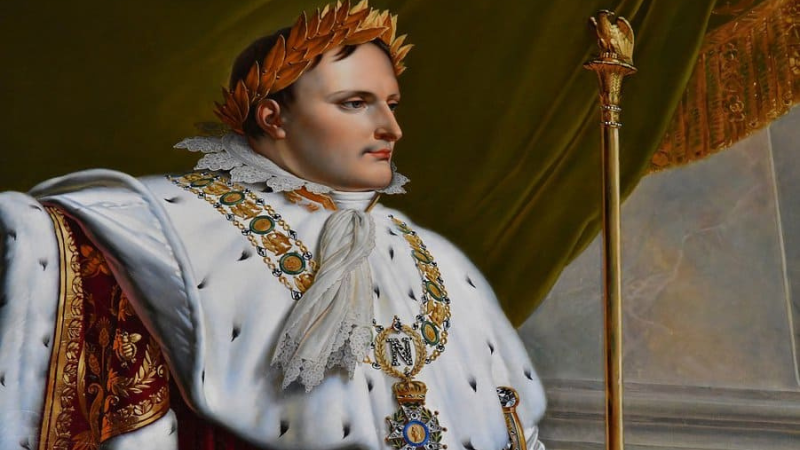Throughout history, certain individuals have been known not just for their talents or achievements, but also for their overwhelming sense of self-importance and a deep need for admiration. These figures often displayed traits of narcissism, leaving a lasting impact on those around them and the world at large. Here are seven of the biggest narcissists in history, whose actions and personalities continue to captivate and intrigue.
Salvador Dalí (1904-1989)

Spanish surrealist Salvador Dalí was famed for his extraordinary art, as well as his eccentric and flamboyant behavior. Dalí’s outrageous antics, from walking an anteater on a leash to showing up at events in a diving suit, were designed to captivate attention and promote his groundbreaking work. He reveled in the spotlight, using his persona as much as his art to create a lasting legacy. Dalí’s self-obsession and love of spectacle made him a quintessential narcissist in the world of art.
Lord Byron (1788-1824)
English poet Lord Byron was known for his passionate Romantic works and a scandalous lifestyle that was as dramatic as his poetry. With a flair for the dramatic, Byron indulged in numerous love affairs and lived a life of excess, all while cultivating an image of the tortured, misunderstood genius. His need for adoration and his tendency to place himself at the center of any narrative made him a magnetic yet deeply narcissistic figure in literary history.
Wallis Simpson (1896-1986)
American socialite Wallis Simpson became one of the most infamous figures in British history when she won the heart of King Edward VIII, leading to his abdication and a constitutional crisis. Simpson’s ambition and desire for the spotlight drove her to the center of one of the most significant royal scandals of the 20th century. Her influence over the king and the subsequent upheaval in the British monarchy showcased her narcissistic tendencies and her ability to manipulate those around her.
Howard Hughes (1905-1976)

Howard Hughes, the American business magnate, aviator, and filmmaker, was notorious for his reclusive lifestyle, obsessive perfectionism, and a crippling fear of germs. Hughes’ immense wealth allowed him to indulge in his eccentricities, isolating himself from the world and pursuing his own visions, often to the detriment of those around him. His overwhelming need for control and his disregard for the well-being of others highlighted his deeply narcissistic personality, making him a legend of American excess.
Jim Jones (1931-1978)
Jim Jones, the charismatic leader of the Peoples Temple, orchestrated one of the most tragic mass murder-suicides in modern history at Jonestown in 1978. Jones manipulated his followers with promises of a utopian society, but his narcissism drove him to demand absolute loyalty and control. His delusions of grandeur and need for worship led to the deaths of over 900 people, marking him as one of the most dangerous narcissists in history, whose influence was both catastrophic and enduring.
Charles Manson (1934-2017)
Charles Manson, the infamous cult leader of the Manson Family, incited his followers to commit a series of gruesome murders in 1969. Manson’s ability to manipulate and control his followers was rooted in his narcissistic belief in his own apocalyptic visions and his desire to be revered as a messianic figure. His charismatic yet twisted personality left a trail of destruction, making him a symbol of the dark side of narcissism and the terrifying power it can wield over the vulnerable.
Pablo Picasso (1881-1973)

Pablo Picasso, the revolutionary Cubist artist, transformed the world of art with his innovative and groundbreaking style. However, Picasso’s personal life was marked by tumultuous relationships, where his narcissistic tendencies often came to the fore. He was known for his domineering personality, treating those around him as tools for his creative process. Despite his genius, Picasso’s self-absorption and disregard for the feelings of others revealed the complexities of his character, making him one of the most enigmatic figures in the art world.



